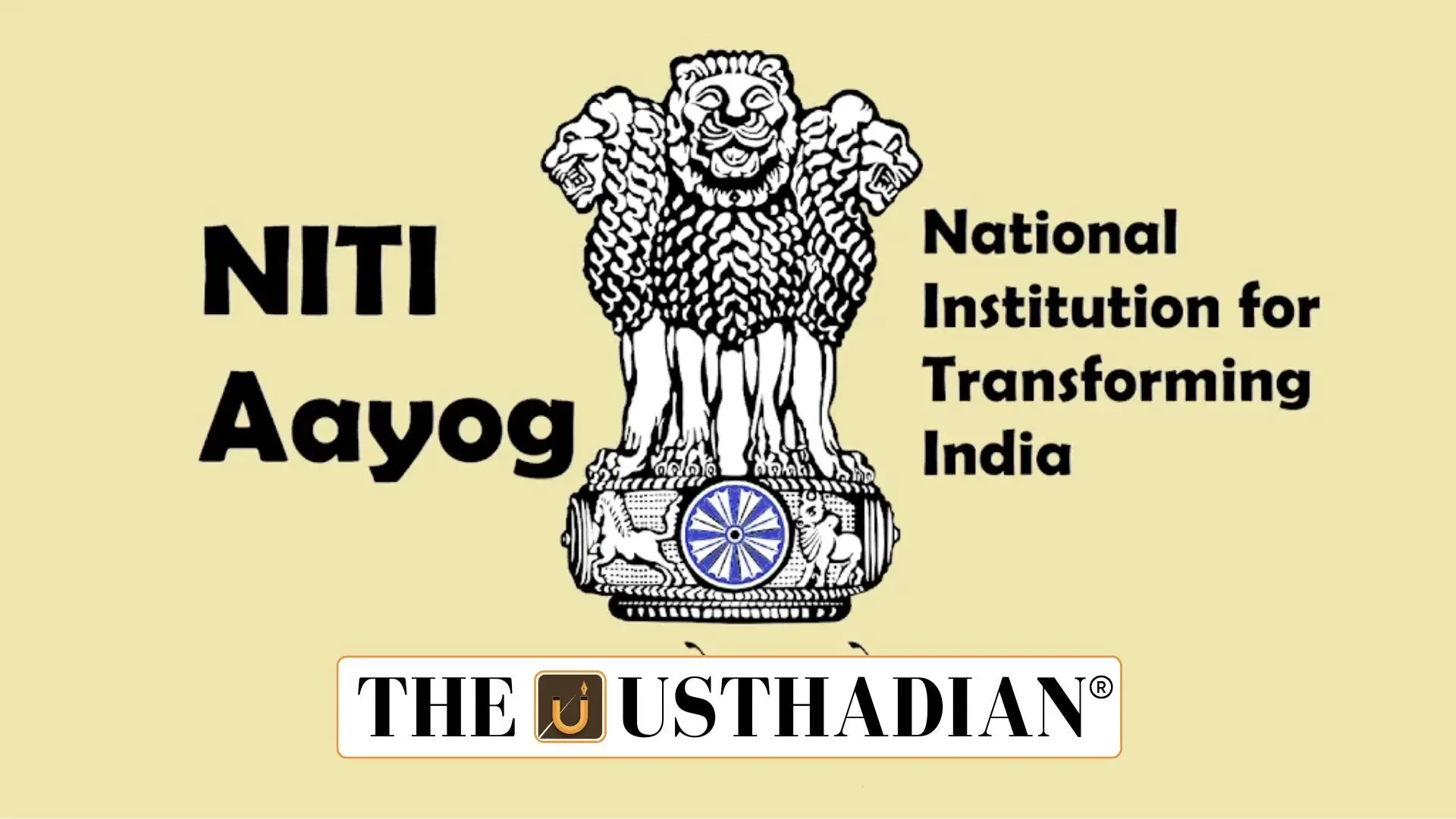A decade of NITI Aayog
NITI Aayog marks 10 years of transformative governance: On January 1, 2015, the Government of India took a major step by setting up the National Institution for Transforming India (NITI Aayog). It came into existence by a Cabinet resolution and formally replaced the Planning Commission, which had been in place since 1950. The idea was to shift the approach from centralized planning to a more inclusive, collaborative, and dynamic model of governance.
NITI Aayog’s 10-year journey marks a significant transition in how development is planned and implemented in India. From being a planning body to becoming a policy think tank, the change reflects India’s aspiration to build a modern and globally competitive economy.
Twin pillars of NITI’s mandate
NITI Aayog’s role stands on two major mandates. First, it keeps a close watch on how India adopts and progresses toward the Sustainable Development Goals (SDGs). These goals touch all aspects of life — from poverty reduction to climate action.
Second, it is tasked with strengthening both competitive and cooperative federalism. That means, while it encourages healthy competition among states, it also works to ensure that everyone progresses together by promoting collaborative efforts between states and the Centre.
How NITI Aayog is structured?
At the top of NITI Aayog is the Prime Minister, who serves as the Chairperson. Supporting him is a Governing Council, which includes all Chief Ministers, the Lieutenant Governors of Union Territories, and a few other members like the Vice Chairperson and full-time members of the Aayog. There are also Special Invitees depending on the issue being discussed.
To resolve regional issues that affect more than one state, Regional Councils are formed. These are especially useful in matters like river water disputes, inter-state transportation, or disaster response planning.
Another key feature is the Chief Executive Officer (CEO), appointed by the Prime Minister. The CEO holds the rank of a Secretary to the Government of India, underlining the strategic importance of the role.
NITI vs Planning Commission
The most crucial difference between the two lies in their approach. The old Planning Commission was more centralized. It controlled financial resources and imposed five-year plans. In contrast, NITI Aayog is more like a partner — it guides states, offers strategic advice, and provides a platform for knowledge sharing. It doesn’t allocate funds; instead, it empowers states to find their own development paths with central support.
Driving India’s reform agenda
In the last 10 years, NITI Aayog has played a major role in reforms like Digital India, Aspirational Districts Programme, Atal Innovation Mission, and policy support for electric vehicles and health missions. Its reports and indices help track state performance and push for accountability.
Static Usthadian Current Affairs Table
NITI Aayog marks 10 years of transformative governance:
| Topic | Key Details |
| NITI Aayog formation date | January 1, 2015 |
| Replaced body | Planning Commission (est. 1950) |
| Chairperson | Prime Minister of India |
| CEO rank | Secretary to Government of India |
| Main mandates | SDG Monitoring, Cooperative Federalism |
| Governing Council | PM, CMs, LGs, Vice Chairperson, Members |
| Regional Councils | For inter-state issues |
| Nature of role | Policy think tank, not fund allocator |
| Twin federalism types | Competitive and Cooperative |
| NITI 10-year relevance | Celebrated in 2025 |








